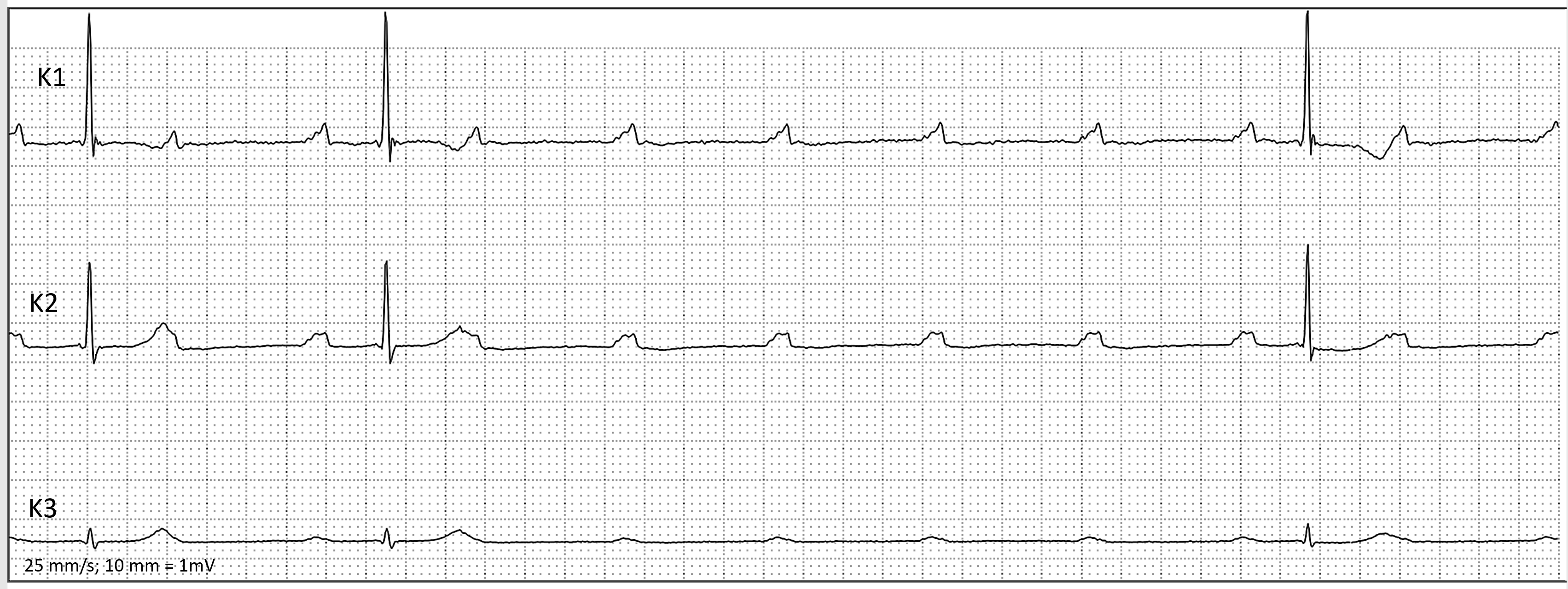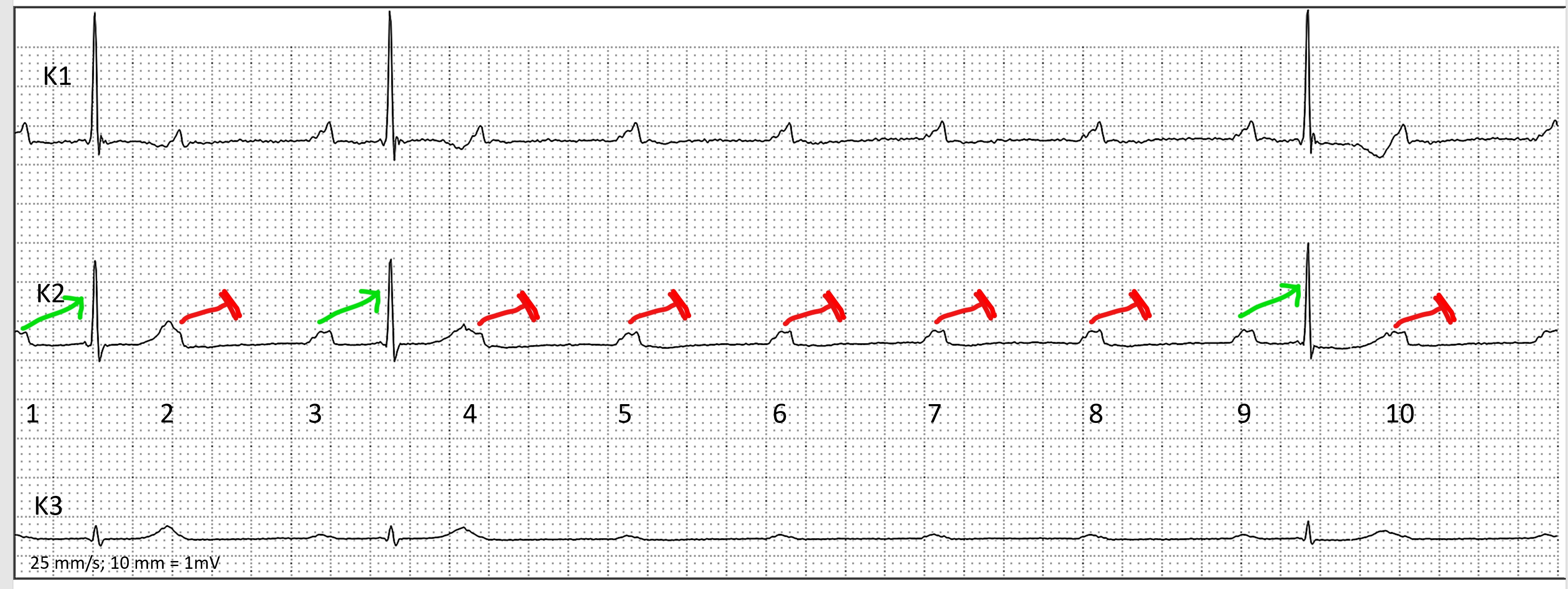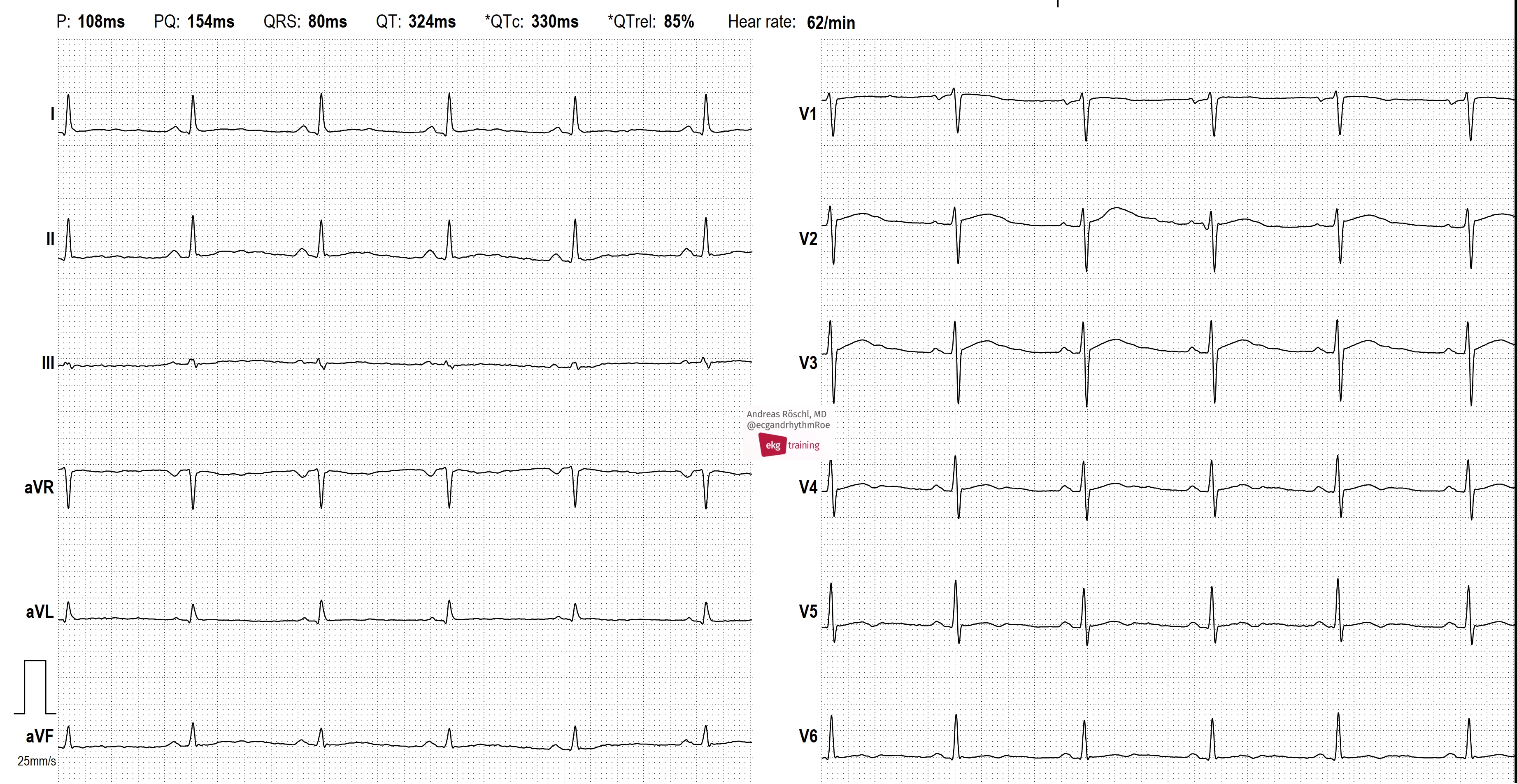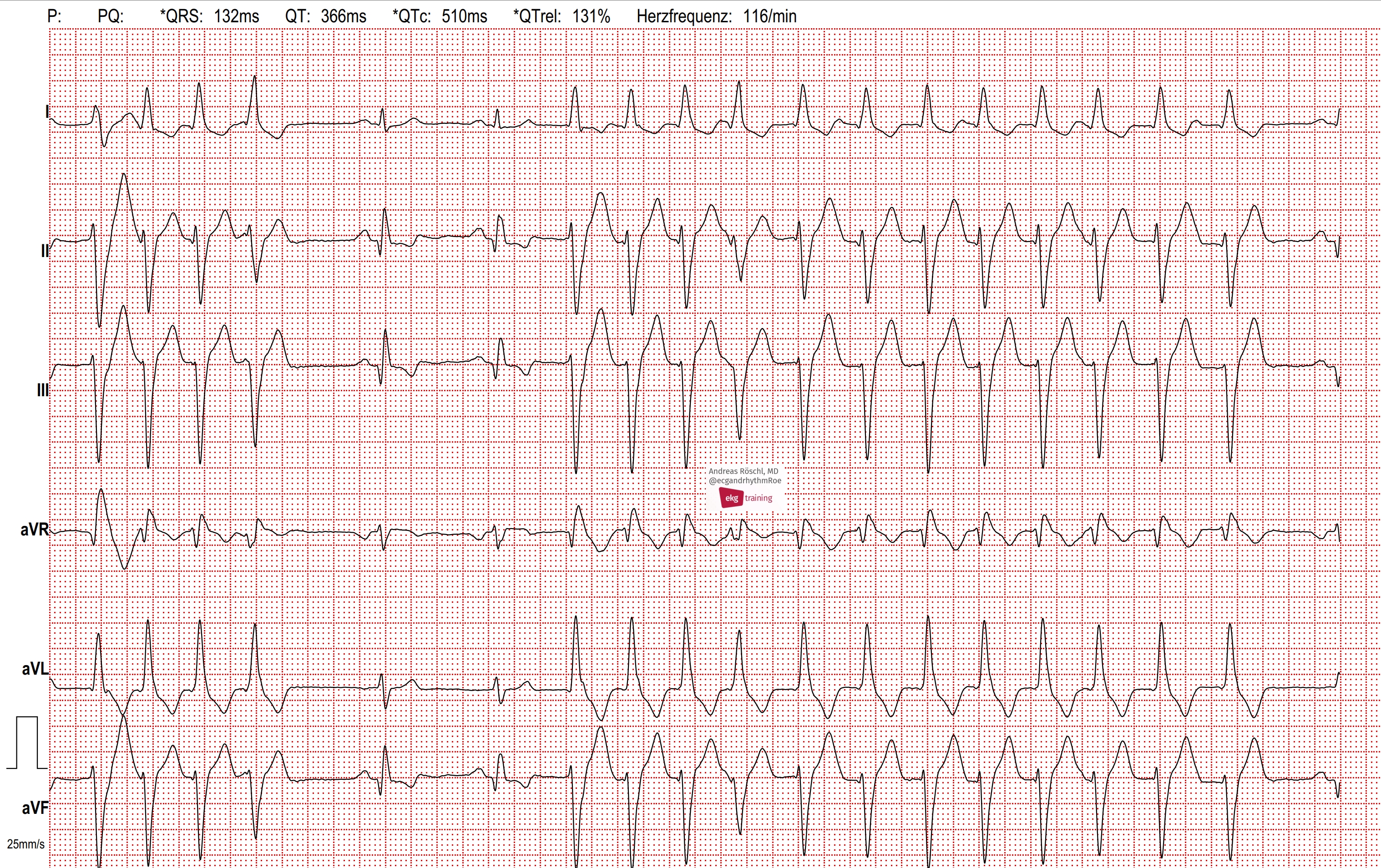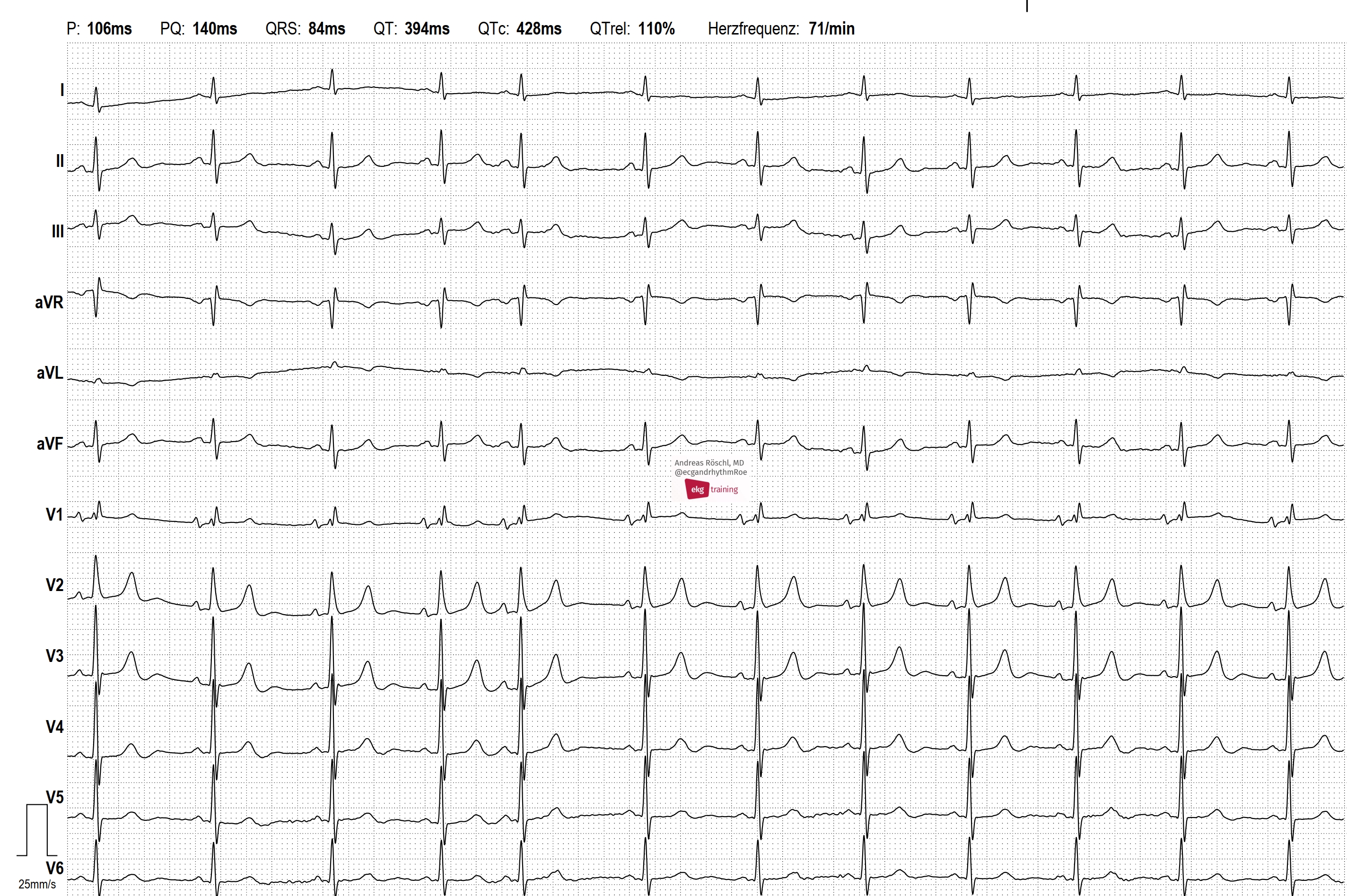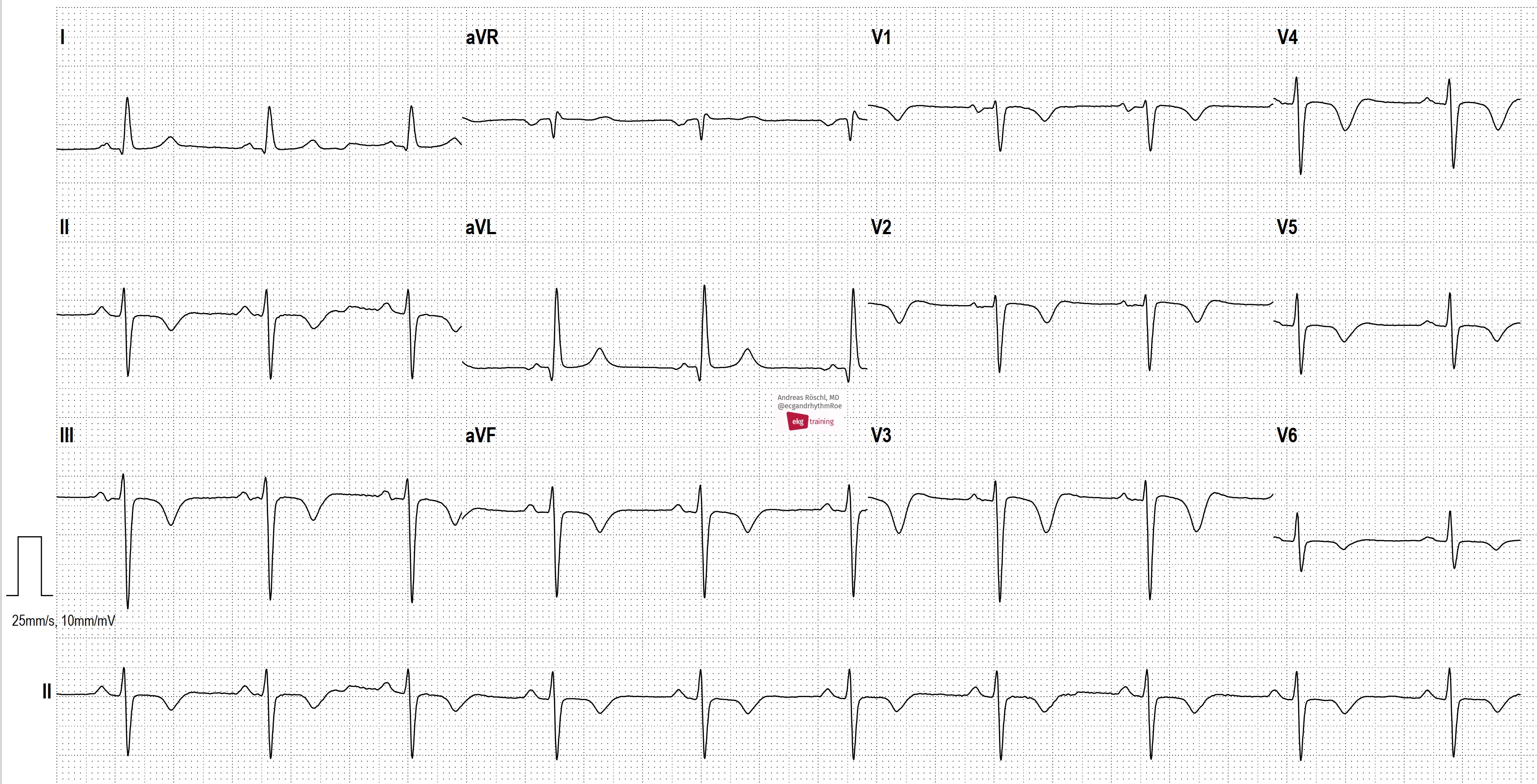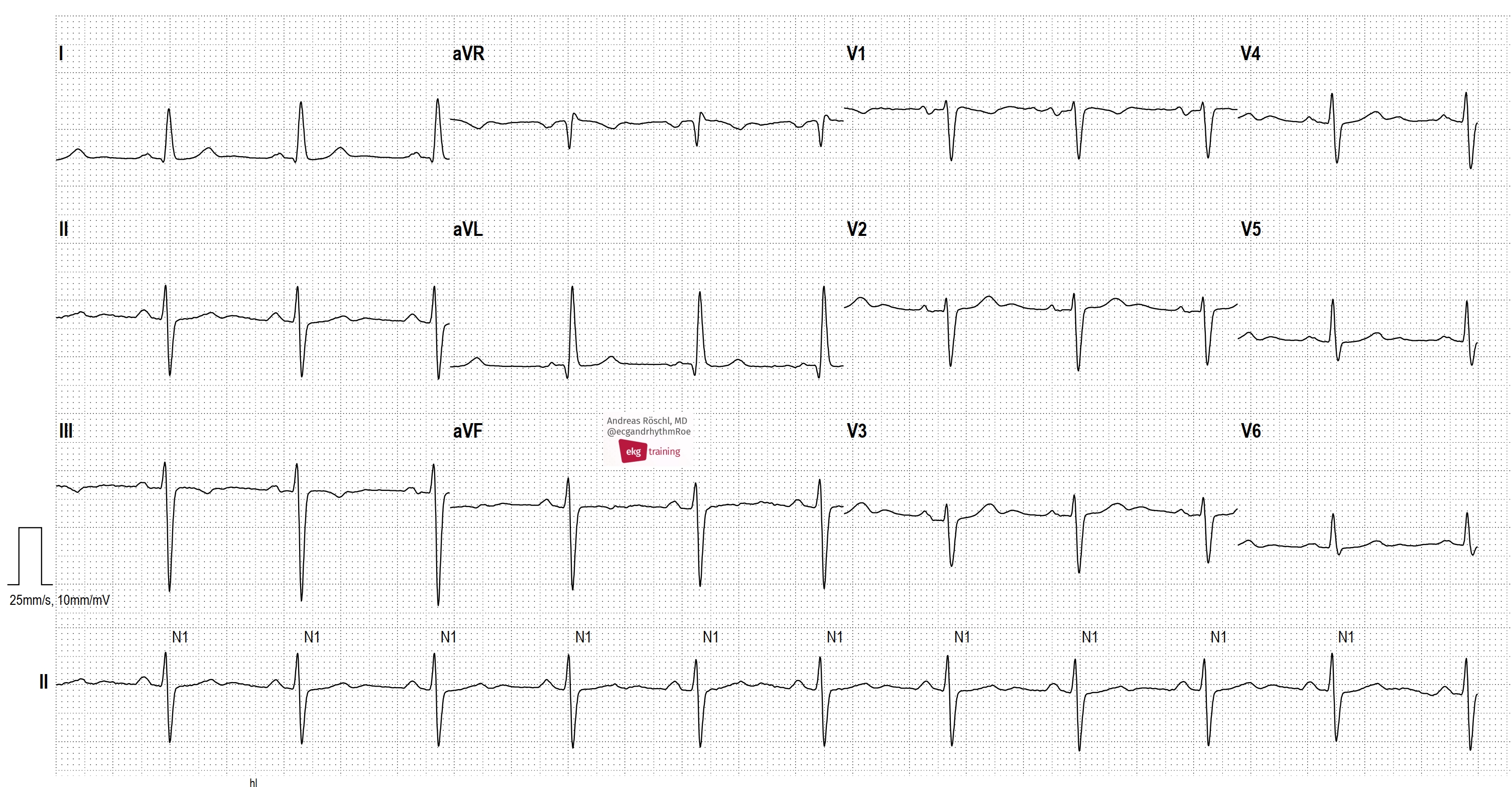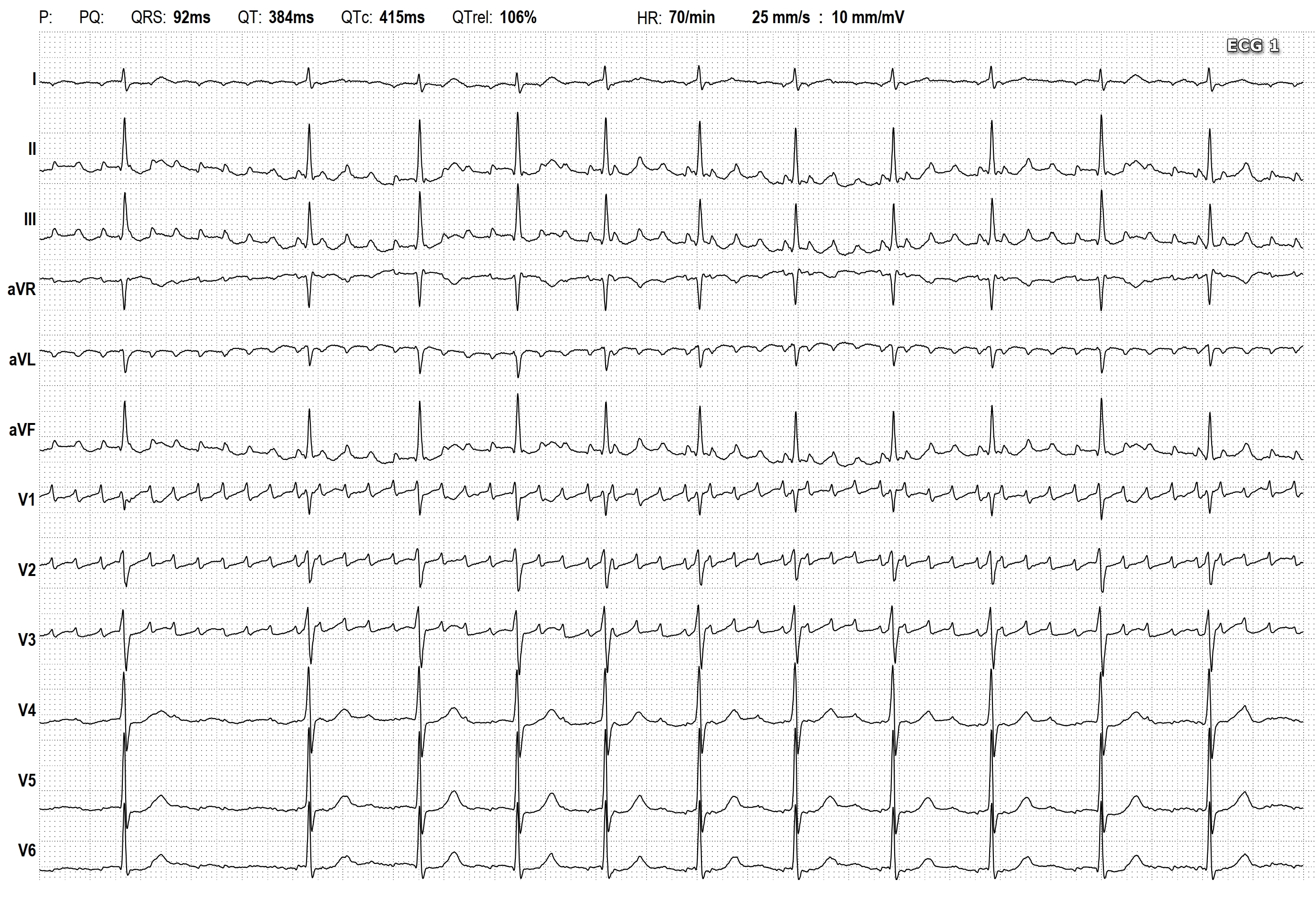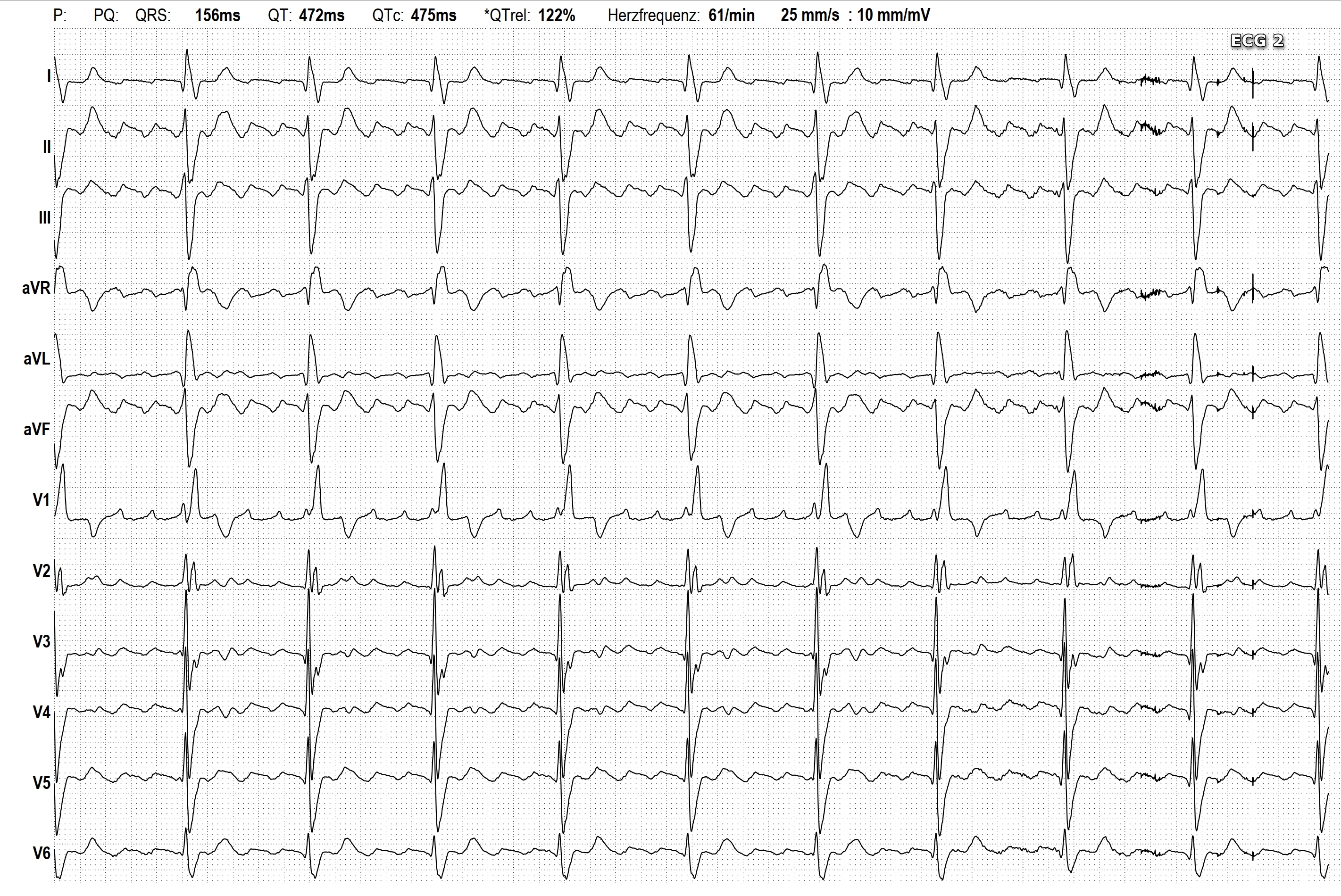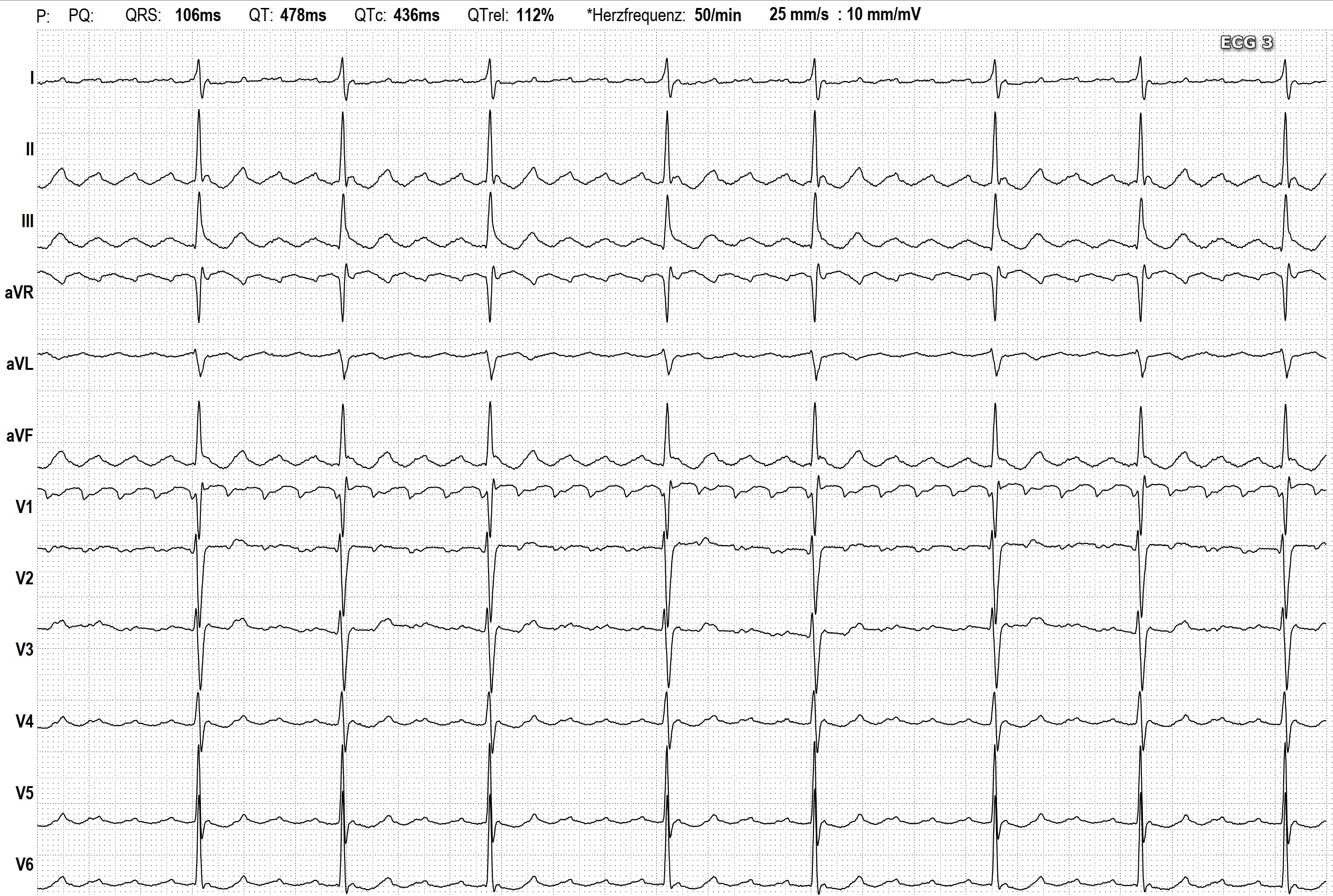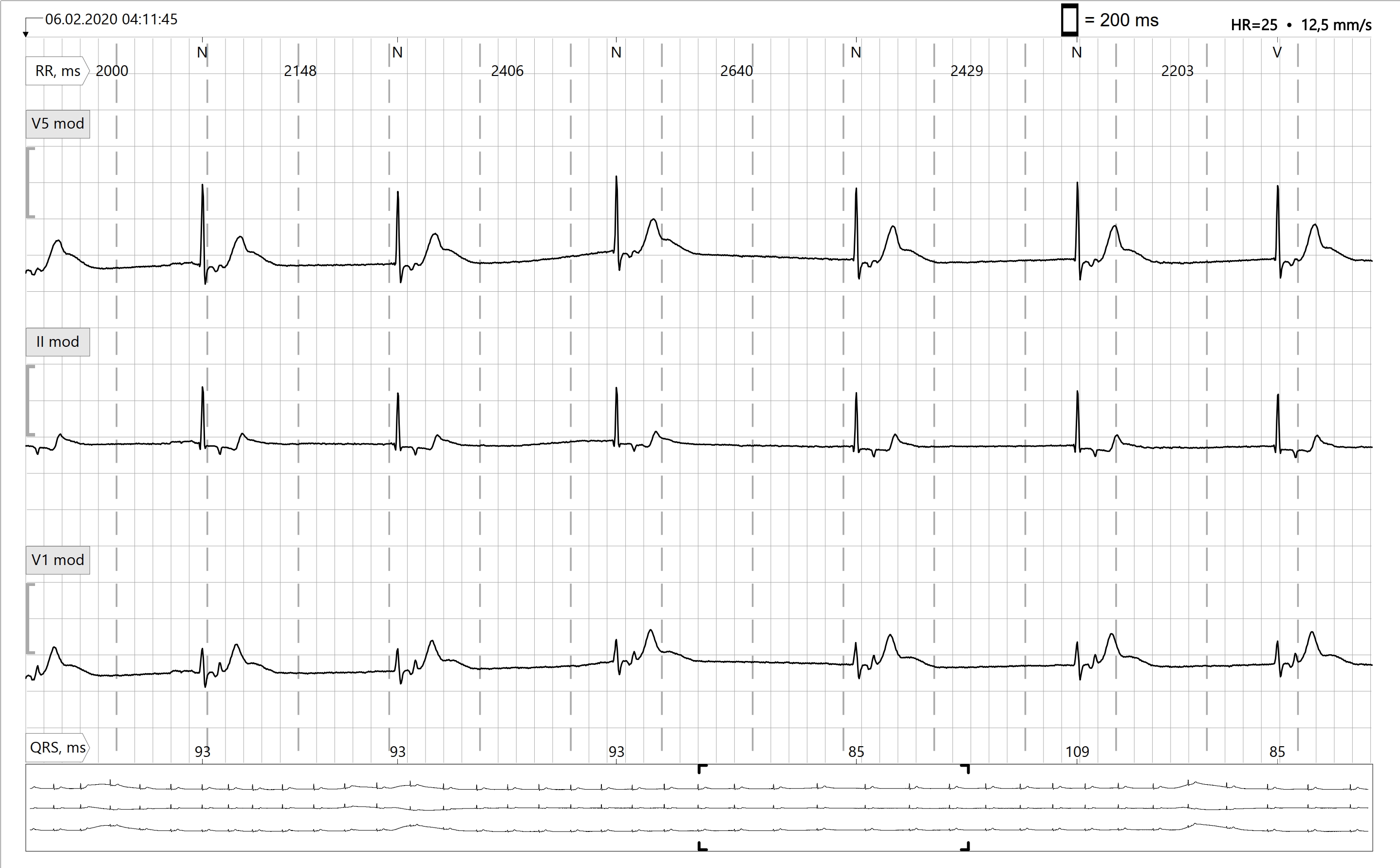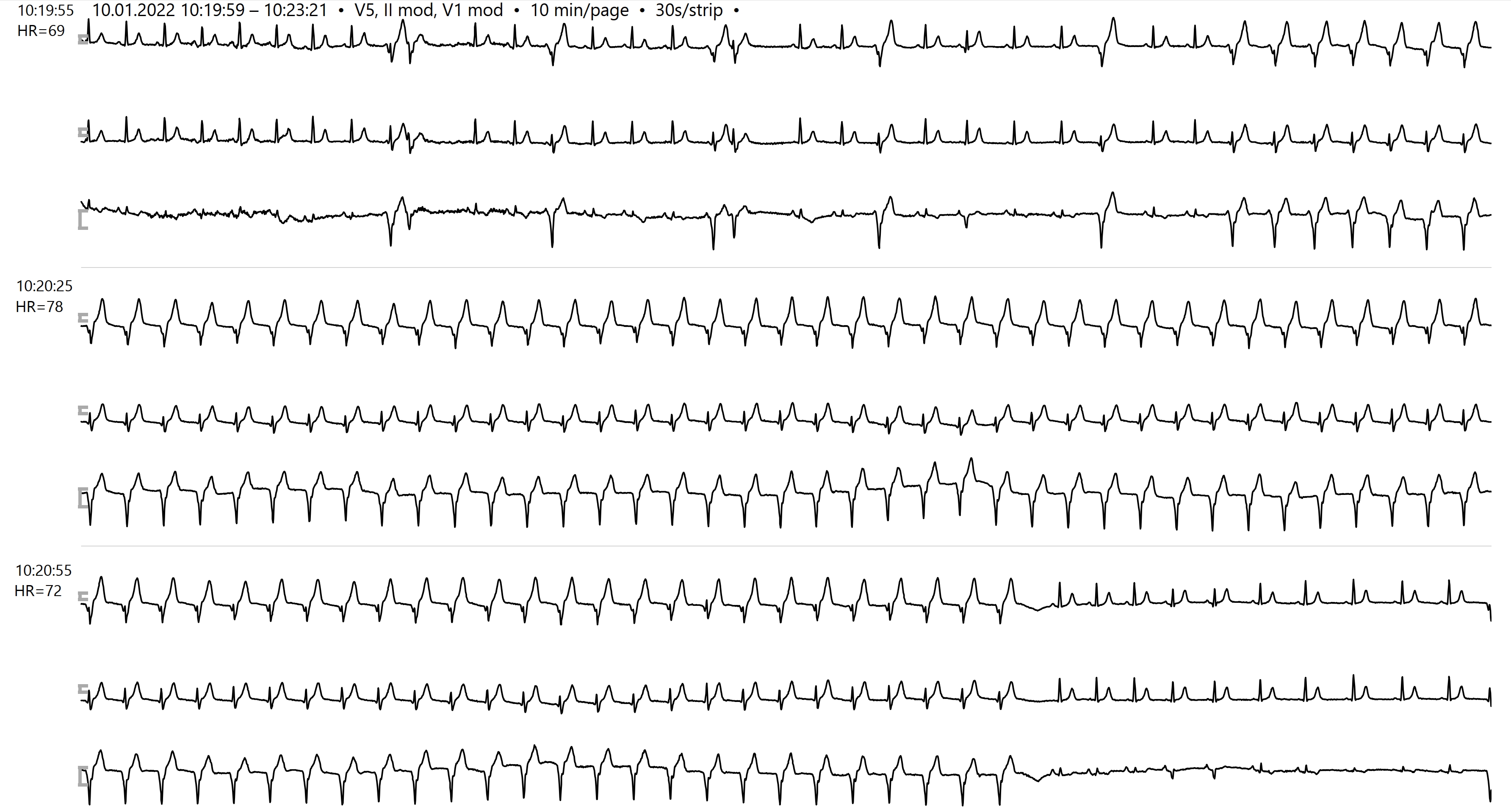All our content is FREE & COPYRIGHT FREE for non-commercial use
Please be courteous and leave any watermark or author attribution on content you reproduce.
Recent blog posts
- An Interesting Holter Strip
- Atrial Fibrillation With Rate-related Left Bundle Branch Block
- New Book From Dr. Jerry Jones
- VENTRICULAR TACHYCARDIA WITH SUCCESSFUL ATP
- SUSTAINED VENTRICULAR TACHYCARDIA
- SICK SINUS SYNDROME
- Atrial Flutter With Right Bundle Branch Block and Left Anterior Fascicular Block In a Patient With Preexisting RBBB + LAFB
- Ventricular Tachycardia. Unsuccessful Antitachycardia Pacing in an ICD Patient
- High-grade AV Block
- Atrial Flutter Degenerates Into Atrial Fibrillation
- Sinus Bradycardia and More
- SMART WATCH ECG
- Atypical Atrial Flutter (From the Left Atrium)
- Ventricular Tachycardia
- Right Bundle Branch Block


